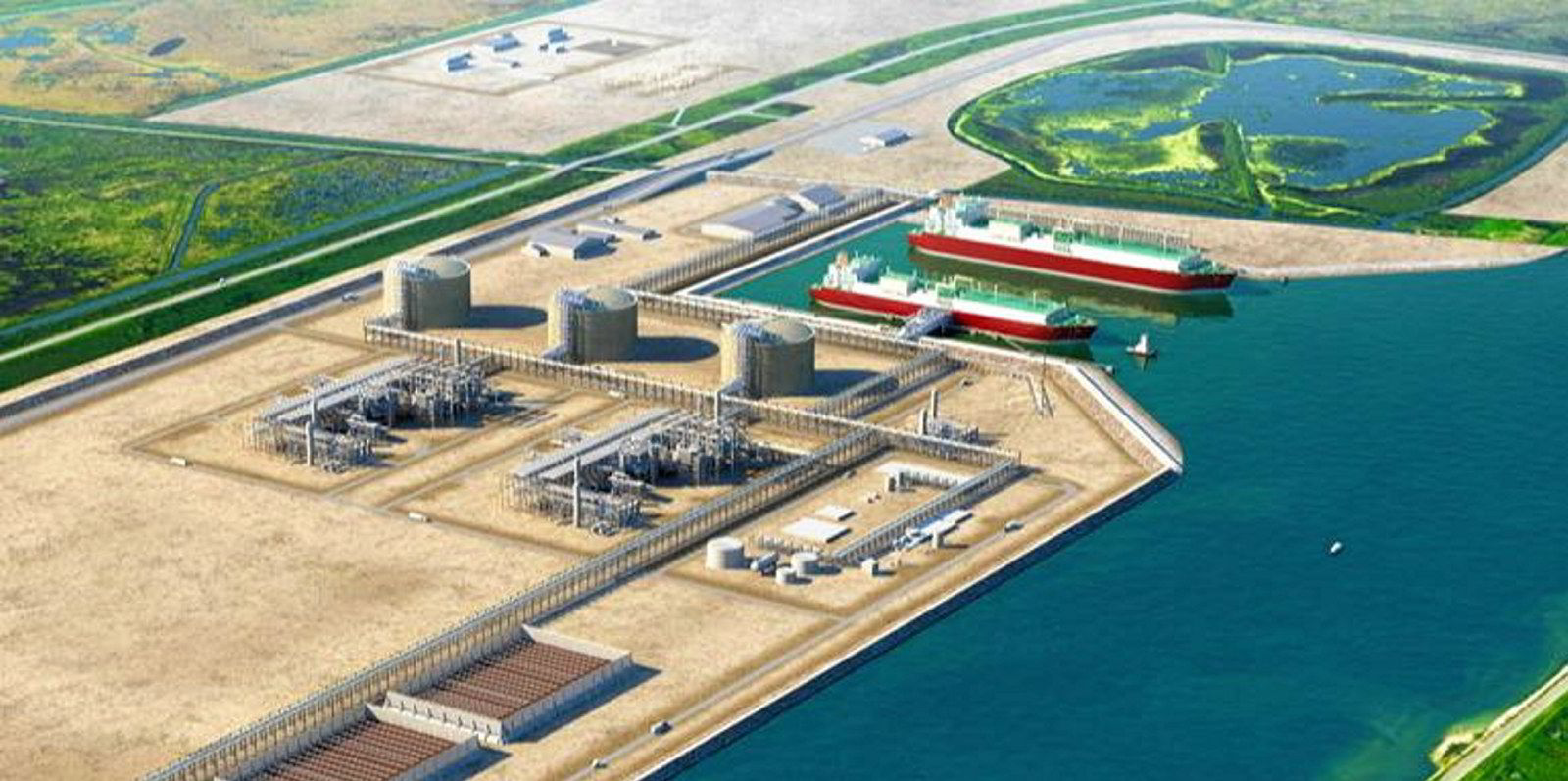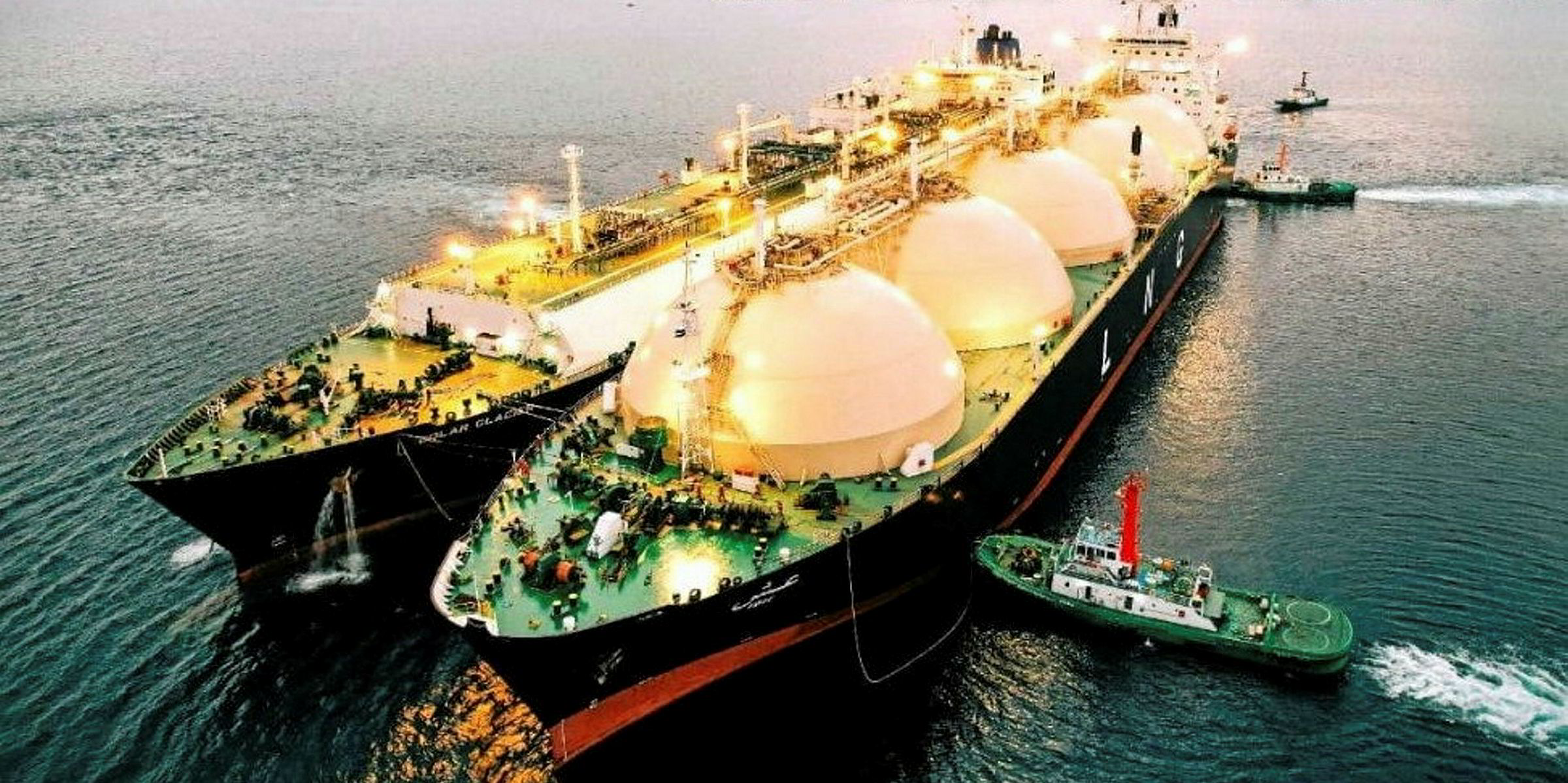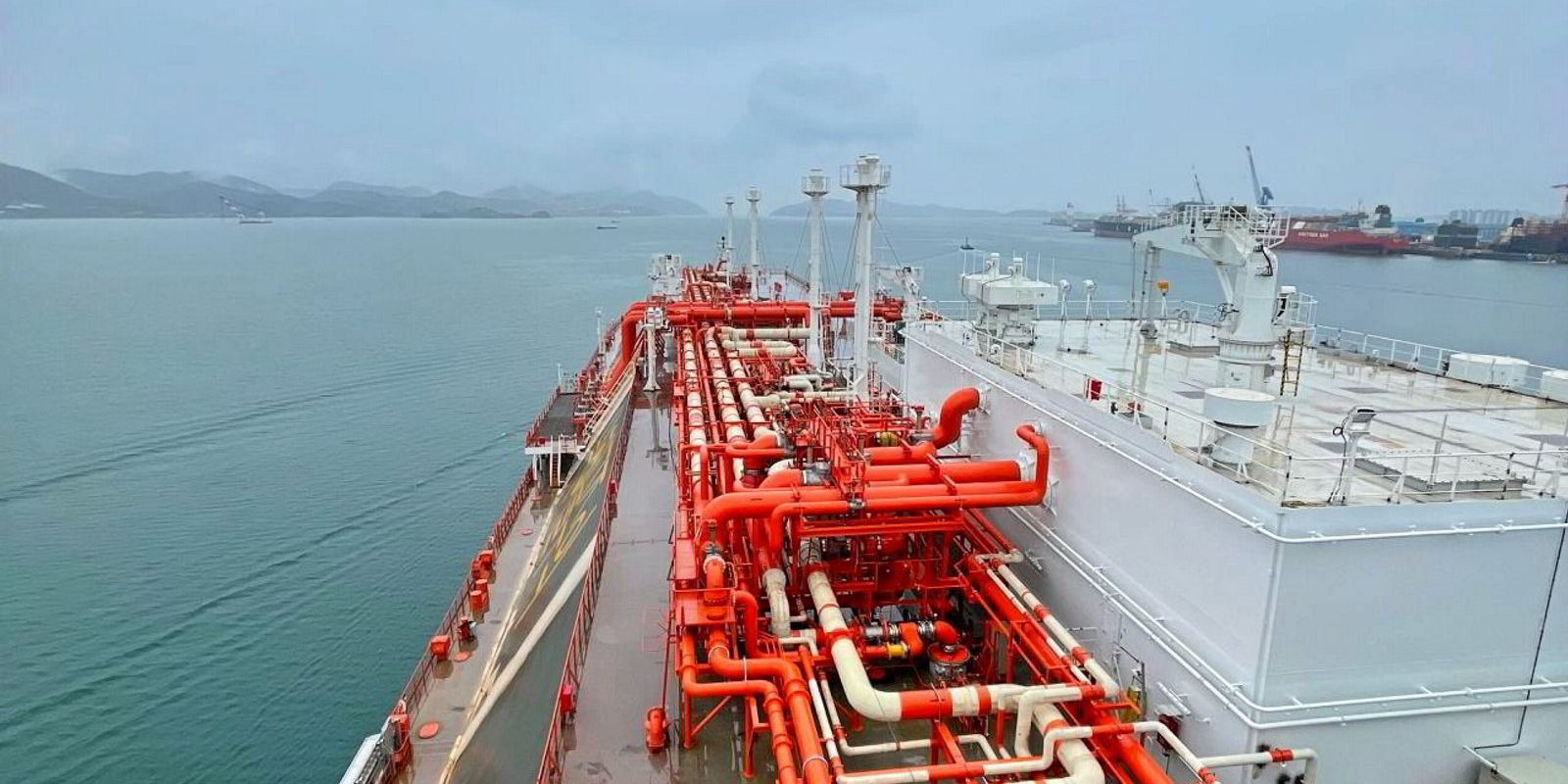LNG ship financing totals almost doubled in 2022 on the previous 12 months with demand set to continue as the industry grows.
Speaking on a webinar, Poten advisor Melanie Lovatt said LNG carrier financing jumped to $5bn in 2022 from $2.6bn in 2021. Cash raised for floating storage and regasification units shot up to $1.6bn last year against the $660m taken in 2021, with additional funds raised for floating LNG production projects.
Lovatt said sale and leasebacks of vessels proved the dominant method of funding in 2022.
“Financing for new ships is going to stay at fairly elevated levels because there are a lot of ships needed right now as the industry expands,” she said.
Lovatt highlighted that there are currently around 290 LNG carriers on order delivering through into 2028, some 30 of which are uncommitted for term business, and said prices for newbuildings have also shot up.
“So more funding is needed,” she added.
Lovatt said banks have also been “eager” to supply LNG import infrastructure although lenders want to see a rationale for the project, that there are offtakers and if these are lower-grade customers they may require government guarantees.
She said that despite Europe’s need for FSRUs in 2022, financing needs for these have been lower than expected as projects have either used existing floating units or governments have stepped in to purchase or charter them.
But as a result some FSRU owners have been able to refinance their vessels at lower levels because they have higher investment-grade counterparties.

The Poten advisor said more funding is going to be needed if countries decide to go ahead with other land-based LNG import projects.
Lovatt’s presentation was focused on the two final investment decisions (FIDs) taken to date in 2023 for new LNG projects — the first phase of Sempra’s Port Arthur plant and the second phase of Venture Global LNG’s Plaquemines facility. They raised a combined $15bn.
She said financiers are reasonably positive about LNG. But also highlighted that there are “a few headwinds” with some European banks trying to reduce their exposure to fossil fuels and more equity being sought for projects.
Each attracted around 20 banks, she said.

Lovatt said that funding seems to be available but its the project’s ability to sell production that is the block.
Poten’s LNG finance expert said there a many new liquefaction projects in the FID queue.
Those she listed total some 160m tonnes of new LNG production but of these just 55m tonnes has been sold under binding sales and purchase contracts, Lovatt said.
Well-structured projects will get finance, she said, but liquefaction costs will likely need to rise.
The advisor said the expected rush to LNG post-Russia’s invasion of Ukraine in February 2023 has “not been sustained of late” with European buyers preferring short-term volumes and aggregators not being able to place volumes.
While aggregators have been a mainstay for LNG supply into Europe, Lovatt said, it is unlikely that they will commit for much more, she said.
In contrast, Poten sees growth in the Asia Pacific area on LNG import infrastructure, particularly in South East Asia but some of these may not be investment grade projects, Lovatt said.





